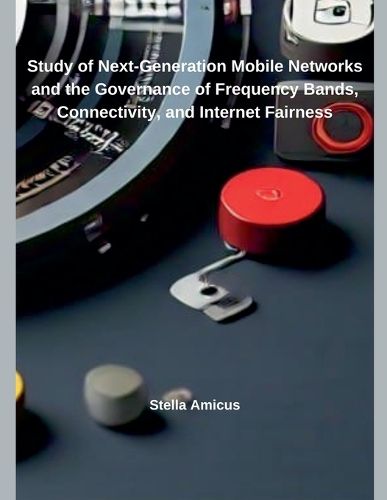Readings Newsletter
Become a Readings Member to make your shopping experience even easier.
Sign in or sign up for free!
You’re not far away from qualifying for FREE standard shipping within Australia
You’ve qualified for FREE standard shipping within Australia
The cart is loading…






Through the production and distribution of digital content, Information and Communications Technology (ICT) is transforming every aspect of our social, economic, political and cultural lives. Telecommunications (telecom) is the basic infrastructure that makes this possible. Since the invention of the first commercial telegraph in 1837, telecom has seen waves of innovation and technological change. In parallel, a regulatory structure for the sector has also evolved. Technological change and innovation alter market relations and market structure; regulation steps in to moderate this effect and propel the market towards a "desirable" market structure. The interplay of these vectors of technological change (innovation), market and regulation has been intensively studied by several authors. While some authors have seen regulation as responsive to technological change and innovation (Shelanski, 2007) (Stone, 2015), others have viewed technological change and innovation as endogenous and responsive to market structure, price, profit earning opportunities and regulatory framework (Antonelli, 1995)(Pisjak, 1994), and yet others have recognized a complex, co-evolutionary relationship between them (Cherry & Bauer, 2004) (Lin, Lu, & Chen, 2017). There is general consensus that technological change, innovation, market structure and regulation impact each other in multiple ways.
$9.00 standard shipping within Australia
FREE standard shipping within Australia for orders over $100.00
Express & International shipping calculated at checkout
Through the production and distribution of digital content, Information and Communications Technology (ICT) is transforming every aspect of our social, economic, political and cultural lives. Telecommunications (telecom) is the basic infrastructure that makes this possible. Since the invention of the first commercial telegraph in 1837, telecom has seen waves of innovation and technological change. In parallel, a regulatory structure for the sector has also evolved. Technological change and innovation alter market relations and market structure; regulation steps in to moderate this effect and propel the market towards a "desirable" market structure. The interplay of these vectors of technological change (innovation), market and regulation has been intensively studied by several authors. While some authors have seen regulation as responsive to technological change and innovation (Shelanski, 2007) (Stone, 2015), others have viewed technological change and innovation as endogenous and responsive to market structure, price, profit earning opportunities and regulatory framework (Antonelli, 1995)(Pisjak, 1994), and yet others have recognized a complex, co-evolutionary relationship between them (Cherry & Bauer, 2004) (Lin, Lu, & Chen, 2017). There is general consensus that technological change, innovation, market structure and regulation impact each other in multiple ways.